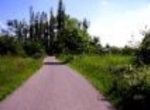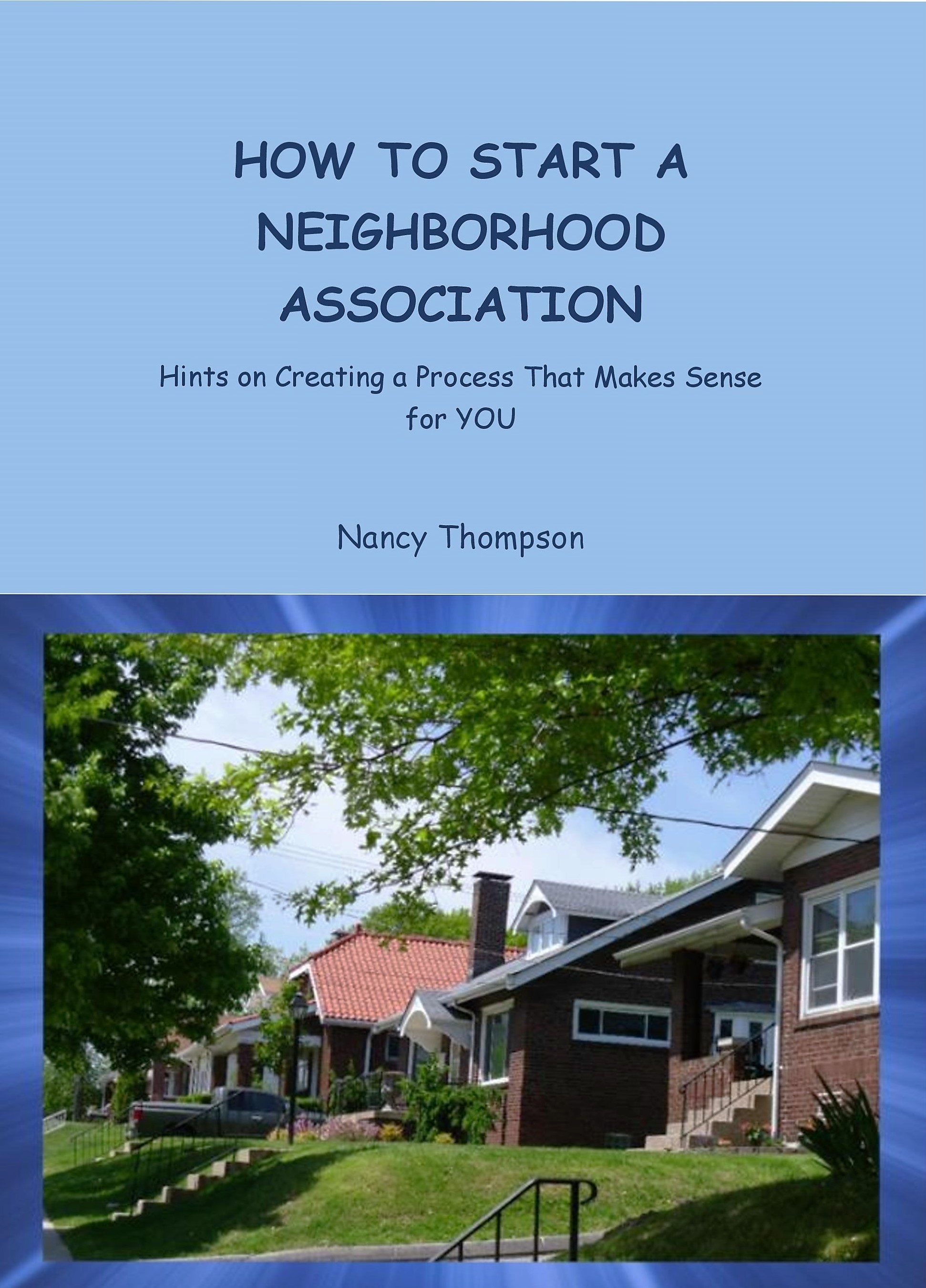Wildfire Prevention Is Partially a Community Responsibility

Last Updated: November 30, 2022
Wildfire prevention has become an important public policy issue in most parts of the U.S. People want to live in picturesque and scenic areas and lots. However, the combination of residents who do not understand the implications of their location choices and communities that eagerly embrace development patterns posing wildfire risks leads to a very expensive problem for homeowners and communities.
Speaking of expensive, the U.S. Forest Service now spends over half of its annual budget on fighting wildfires, as they begin to infringe on previously untouched areas.
Many scientists now believe that global warming contributes to the frequency and severity of these fires, as the "fire season" now becomes longer and longer. Areas that have no previous history of wildfires now are finding that they feel less and less secure.
For these reasons, we believe fire-resilient community design should feature prominently in new plans being prepared by planning commissions and consultants in areas prone to large fires.
Make this a feature of your resiliency planning. (For more on this, see our commentary when a visitor asked what resiliency planning means.)
Wildfires are yet another cost of sprawl. If you are involved at all in regional-scale planning, please urge others to be mindful of yet another negative effect of urban sprawl. Sprawling areas tend to leave larger areas of woods nearby, when compared with suburban and urban development.
Historically, heavily forested areas, found in the West in the U.S., responded to the fires set by lightning as natural phenomena that helped to support wildlife and the regeneration of the forest. Now it seems we are out of balance.
Wildfire Prevention Through Land Use Planning
How would wildfire prevention through land use planning principles work? Let's list the steps your city, county, or town should take:
- Identify significant areas of forest and wilderness (right now just defined as masses of trees and large plants), and note the predominant species.
- Map these areas on the same map or GIS (geographic information systems, or computer program for mapping) layer that shows the locations of homes, or better yet, the location of residential zoning. If there is no zoning, map sites where home building might occur, considering every type of regulation and utility constraint.
- Research the local history of wildfires and the susceptibility of the particular types of forests or understory that you have near homes in your community. Some plants are considerably more flammable than others. As indicated above, a lack of history of large fires is no guarantee of immunity, but that is no excuse to ignore historical events.
- Consult a local meteorologist for insights about prevailing wind patterns at different times of the year and moisture records in recent years. Ask if these patterns appear to be changing in recent years.
- Inspect your zoning map and future land use map in relation to all that you are learning. Determine whether your area is "built out," meaning that all or most of the construction that would be allowed by current codes already has occurred. If not, you may want to consider dramatic down-zoning to lower the number of future residents who might be endangered by fire and also to make it possible for existing residents to use the existing road system to evacuate in a timely fashion.
- Consider whether it may be possible to create a zoning district for parcels that are adjacent to the wilderness or within a certain distance from a significant forest or wilderness landscape. The distances and shape of this district could be made even more sophisticated if you are able to account for the influence of wind patterns. Obviously you cannot take all value from private property through zoning, but based on a wildfire prevention rationale, your community can and should impose agricultural zoning next to forested land.
- In potential fire danger areas, construction on level terrain is much more desirable than building on slopes because fire spreads faster there, even if the incline is gentle. Your land use regulation, usually in a zoning ordinance, can require the selection of the most nearly level parts of a site, although you will want to talk with your municipal attorney about case law pertaining to such assertive regulation. You also should consider requiring a very substantial setback from a cliff or ravine, which has the added bonus of helping to avert mudslides.
When reviewing and approving individual developments, make sure that the perimeter of the subdivision consists of a "fuel break" that a wildfire is unlikely to cross. Consult with experts to determine this distance, as it is dependent on the particular vegetation that predominates in your area., and also to learn about the materials that tend to act as effective fuel breaks in your area. Even consider requiring that this perimeter area be kept completely bare, except perhaps for some xeriscape (drought-tolerant) ground cover. Then group the lots onto the parts of a site that have less fuel for fires. This has the added benefit of decreasing development costs of course.
Also when approving developments near forests or even smaller wooded areas, emphasize redundant points of road access into and out of the subdivision. You should have more than one way to drive into the development anyway (called a point of ingress and egress), but be especially conscious of this rule of thumb when planning a fire-resilient community.
How Local Government Can Implement Firewise
Wildfire prevention has become such a critical issue that the National Fire Protection Association has created a program called Firewise to help educate residents and communities interested in what professionals would call hazard planning and mitigation.
This is a voluntary program, but about 1,000 communities have become certified in the Firewise system.
However, we don't intend that this web page serve as an uncritical summary of Firewise. One of our criticisms of their approach is that there is insufficient attention given to the fact that local municipalities or counties have the power to control land uses, if only they will use that power wisely.
Next let's discuss only the six of the seven Firewise recommended home features that can be regulated by a local government.
1. Fire-resistant wall construction likely would mean brick, concrete, or stucco exterior walls. We are not aware of much history of outright prohibition of wood frame structures, but a little research should be able to turn up legally defensible ways to prohibit frame buildings for the sake of wildfire prevention.
2. Fire-resistant roofing is another feature that deals mainly with choice of materials. Metal, tile, and slate roofs obviously offer superior fire resistance, as do what are known as Class A asphalt shingles. Once again, careful consideration of the legal defense of such regulations will be important. Our experiences as planners lead us to suggest that you be careful in your recommendation for the adoption of such a measure to take into account the architectural heritage of your area. If you are not careful of local sensitivities about roofing materials, you could cause your argument to be disregarded by the decision makers and derided by the public.
3. Structures that are attached to the primary residence in some way need to be fire-resistant. We're speaking of garages, decks, porches, utility sheds, trellises, shutters and fences. This is yet another instance where material specification as part of the local building code is important.
4. Consideration of the Home
Ignition Zone should be required. This idea means that at least 30 feet, and ideally more
like 100 to 200 feet, around the home are kept clear of combustible materials.
What we in the planning profession call accessory buildings, such as storage sheds, barns, and outbuildings, need to stay quite far away from the home or else be constructed from fire-resistant materials.
Local government has limited success in trying to fix bad housekeeping. You can try requiring prompt removal of dead trees, but you're never going to have enough legislative leash to get by with requiring removal of dry leaves, for instance. Regular code enforcement addressing issues such as clunker cars or piles of debris would be helpful, but when you tell people they can't have a hay bale in the front yard as part of their Halloween decorations, be prepared for a lot of howling.
5. Firewise landscaping probably will be much more difficult for most municipalities or counties to regulate. Most cities do not regulate the placement, extent, and density of landscaping. If your codes are extremely detailed now, with no public outcry, you might discuss these measures for wildfire prevention.
Obviously trying to fix stupidity through regulation has its limitations. But with whatever powers of persuasion that community organizations have, they should try to educate their constituents about highly flammable plants and less flammable plants that are popular in your area.
One thing that local governments should check is to make sure that beautification or environmental measures that they require, such as tree planting, don't inadvertently make the task of wildfire prevention much more difficult. When tree preservation ordinances make it difficult to cut down unhealthy trees, these also could be contributors to the problem.
6. Local governments can and should think in advance about emergency evacuation routes and signage, whether or not they feel they have the legal and political backing necessary for taking the preventive steps outlined above.
You may want to understand much more about the Firewise program. By giving so much space to it, we aren't necessarily saying that we think this program is sufficient, or even that we agree with 100 percent of the program, but it's certainly a worthwhile starting point for communities.
Another important matter for local government officials to consider is the extent of its vegetation removal prohibitions. If regulation becomes so strict that every invasive species of understory shrub or tree has to be preserved, you are asking for big trouble in the face of a fast-moving regional wildfire. Consider allowing, encouraging, or requiring a regular regime for clearing out wooded areas and the forest floor, or at least minimize the difficulty and expense of obtaining permits.
Perhaps enforcement could become more stringent when drought conditions occur, and you could become a little more generous when there is plenty of rainfall. You might even have a system of advisories for the public about when they will need to clean up the woods behind their homes.
Lastly, the above measures seemed adequate just a few years ago when we first started writing this page. With each subsequent revision, we become a little more concerned that local communities really can't prevent all wildfire devastation, even if they adopted all of our suggestions. This brings us to the final point that it is critical to network and cooperate within your region to try to get all local governments on the same page when it comes to minimizing wildfire damage.
Read More Pages Related to the the Urban-Wilderness Interface
Join USEFUL COMMUNITY PLUS, which provides you monthly with short features or tips about timely topics for neighborhoods, towns and cities, community organizations, rural environments, and our international friends. Unsubscribe any time. Give it a try.




